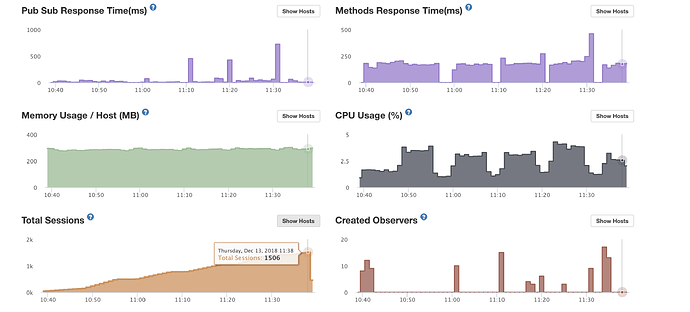For sure, there are so many variations / stacks / services it mostly comes down to personal preference.
The stack running costs $0/mo for me, and allows other people to collaborate with me (I’m the only dev on the team, everyone else is a journalist or biologist). We’re running a small project, not Airbnb. But I’m about scale it up, which is why I’m moving some aspects away from Airtable (they’ll still use it, more or less as a CMS). Btw do you know of any Airtable-esque interfaces for Mongo? There’s a reason Airtable just got a huge funding round. They make stuff fast, easy, and reliable.
For Firebase/Prisma, totally agree — what I give up in control I gain back in speed and cost (and frustration, since I’m the designer/dev on the team, and we run on a $0 budget).
Interesting using Meteor as backend. Do you run a Node server with Meteor? And Meteor does the mongodb wrangling for you? Does Meteor act like an Apollo backend (since it’s the same team) and you can just run GraphQL queries? I’m gonna look into that. There are way too many tech options out there lol. I just want something low cost, cheap, fast, for a chat-like app. It’s Firebase vs. Meteor vs. Prisma right now.
Churn of tech stacks — basically I was doing Meteor/React for a while, but that was slow to dev (ugh React) and costed money to deploy Meteor server. For my latest project I’ve moved onto a completely free low-tech stack (Vue/airtable/serverless). Basically airtable so I didn’t have to build any backend interfaces lol.
 but yeah they won’t be able to just modify the data like a spreadsheet also if this something short-term or a POC maybe serverless make sense.
but yeah they won’t be able to just modify the data like a spreadsheet also if this something short-term or a POC maybe serverless make sense.

 !
!